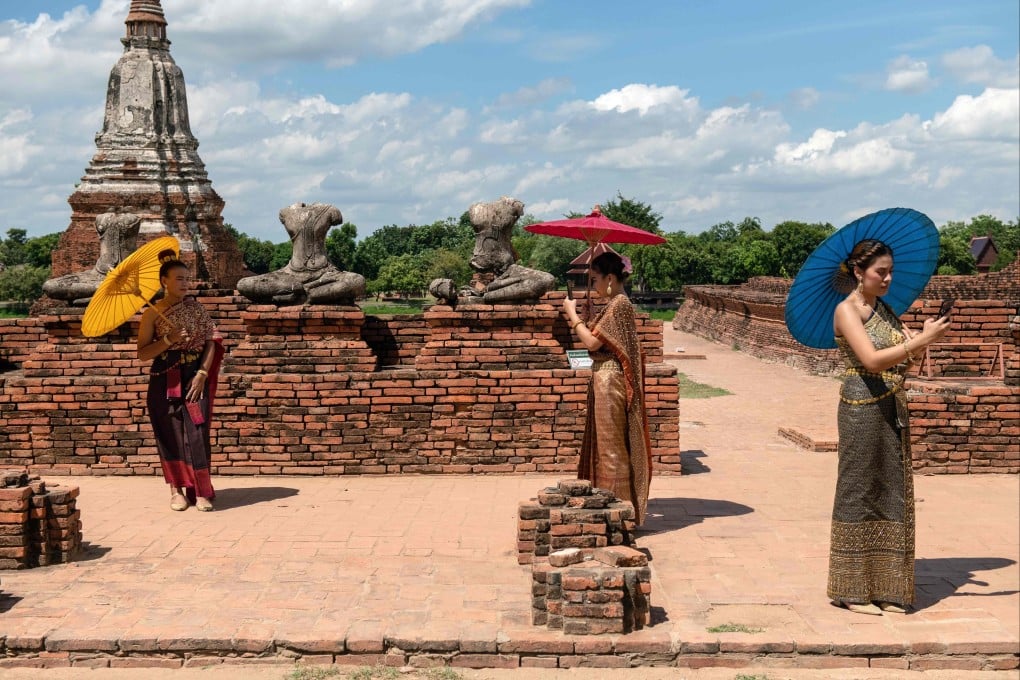Thailand hopes for a post-Covid tourism boost as Michelin Guide puts ancient seat of kings Ayutthaya on the foodie map
- Home to Unesco-recognised temples and a favourite with Instagramers, Thailand’s former capital has been hit hard by the pandemic
- But its thick curries, noodles and street-side rotis have earned 10 eateries the ‘Bib Gourmand’ distinction, raising hopes that tourists’ appetite will return

Home to temple ruins recognised by Unesco, adored by Instagramers and revered by Thais as the ancient seat of kings, the city of Ayutthaya now has another claim to fame: its culinary culture has been put on the global foodie map by the prestigious Michelin Guide.
For both Ayutthaya and the rest of the country it is a major boost after two years of tourism lost to the pandemic. Covid-19 has cut deeply into this city, once renowned as an easy getaway for the international visitors who flocked to Bangkok, while Thailand’s Tourist Authority hopes that the seal of approval from the famous French foodie bible will tease back visitors to the kingdom when the pandemic finally eases.
An hour north of the capital, decorated by 14th century stupas and crumbling red brick ruins, Ayutthaya is treasured by Thais as being at the heart of their history. But visitors are also drawn to Ayutthaya for its food, a stand-out cuisine even in a nation with no shortage of proud, regional flavours.
That it should be so honoured should not be surprising. Culinary influences have been carried over the centuries along the three rivers which converge on the former capital; from Portuguese missionaries, Muslim traders, Japanese and Indian emissaries these influences have all merged into the spicy broths, thick curries, boat noodles, street-side rotis and unexpected desserts which make Ayutthaya famous.
Yet for 68-year-old Mae Pom, the listing of her shop selling roti sai mai – an Indian-inspired dessert of a crispy crepe with a sugary string net stuffed inside – was an unexpected boon.
